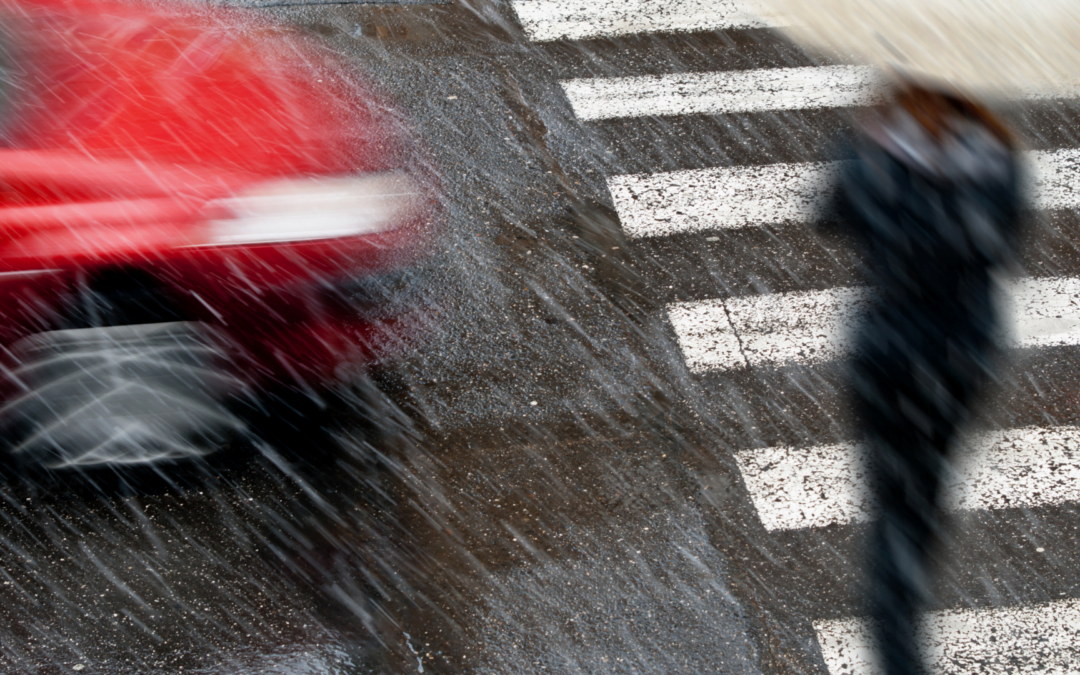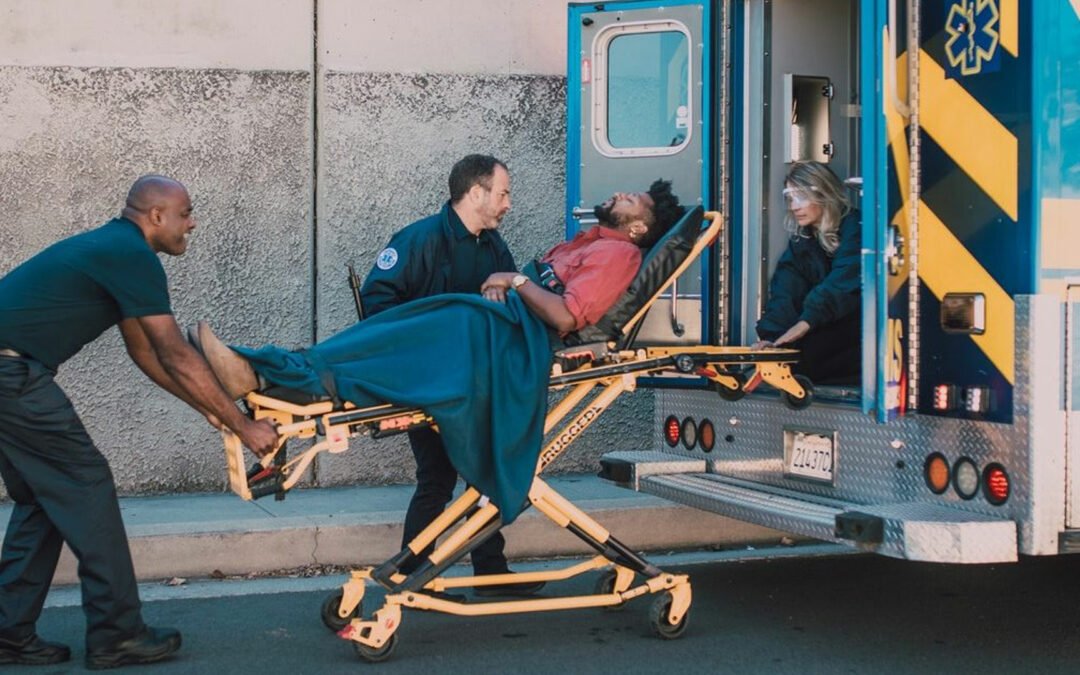Riding a motorcycle is fun and exciting, especially if you want to explore the scenic roads of Ontario. However, at some point, it can be extremely dangerous. Here’s what you need to know about motorcycle accidents in Ontario.
Motorcycle riders are exposed to the risks of serious injury or death in accidents with other motorists. They are considered more vulnerable to traffic accidents because their motorcycles lack the protection and safety features to secure them. Motorcycles do not have the roof, compartment, airbags, or seatbelt that a car provides. They are much smaller and lighter than any other vehicles on the road, making them more prone to crashes.
Although riding a motorcycle can be risky, more people choose motorcycling as their means of transportation and as a leisure activity. According to Statistics Canada, the number of motorcycles registered for on-road use in the country has increased over the years. From 749,306 in 2020, the registration of motorcycles and mopeds climbed to 816,443 in 2021.
In Ontario, a total of 243,996 registrations of motorcycles were added to the list in the same year.
Causes of motorcycle accidents
With the rising popularity of motorcycle riding, the number of injuries and deaths among riders continues to surge. Transport Canada reported that 242 motorcycle and moped riders died in 2020. This marks the highest figure of fatalities recorded in over 20 years, emphasizing a 24% growth from 195 deaths in 2019.
There are many reasons why motorcycle accidents take place. Negligence on the part of the rider, the other driver, or both can result in serious injury or death. Here are some of the factors that contribute to motorcycle crashes:
1. Speeding
The Canadian Coroner and Medical Examiner Database identified speeding as one of the most common causes of deadly motorcycle accidents. A speeding motorcyclist becomes unaware of their surroundings and unable to stop for sudden obstacles or changes in the roadway. Meanwhile, the other motorist on the road who drives at excessive speeds may fail to stop in time and then collide with the rider. Some examples of speeding-related accidents are traveling at a high rate of speed for certain conditions, exceeding the posted speed limit, and racing.
2. Impaired driving
Aside from speeding, impaired driving also plays a huge role in the occurrence of fatal collisions involving motorcycles. Data from CCMED showed that the use of alcohol, cannabis, or other drugs while driving caused about 31% of deadly motorcycle accidents. These crashes involved motorcyclists under the influence, passengers riding a motorcycle with the operator under the influence, or motorcycle riders in a collision with another vehicle whose driver was under the influence.
Driving under the influence is dangerous because it impairs judgment, slows reaction times, and fails the coordination of the motorist involved.
3. Distracted driving
Distracted driving includes the failure of a motorist to pay attention to their surroundings and the use of electronics while driving. A distracted driver puts another motorist at risk. This kind of negligence can cause sideswipe accidents, rear-end crashes, and T-bone collisions at intersections or any part of the roadway.
4. Road hazards
Driving in poor road conditions places motorcycle riders in danger. Motorcyclists may lose their balance and control when they drive over slippery or uneven surfaces, rocks, grass clippings, leaves, and other moveable objects in the roadway.
5. Unsafe lane changing
Drivers who abruptly switch lanes without checking the blind spots or turning the signal light can crash into another motorist. When a large vehicle makes unsafe lane changes, the safety of a motorcyclist is threatened. Improper lane changing may result in side-swipe, rear-end, rollover, or head-on collisions.
6. Extreme weather
Driving in bad weather conditions is hazardous for riders. Motorcycles have less traction than other vehicles, so rain, snow, fog, strong winds, and ice can endanger the wellbeing of the motorcyclists.
Tips for motorcycle safety
Most motorcycle accidents are preventable. The following are ways for riders to avoid accidents and ensure their safety, as well as the welfare of other people on the road.
1. Wear a helmet and protective safety gear.
In Ontario, the law requires the motorcycle or moped operator and their passenger to wear approved helmets when traveling. However, Sikh riders who meet the requirements of the Highway Traffic Act are exempted from the mandatory law.
Helmets lessen the risk of serious injury or death in an accident. They absorb the impact of a fall or the force of a crash and help prevent head and facial injuries and brain damage. For this reason, a motorcyclist should invest in a good, certified helmet. A legal helmet must be in good condition. It should have a smooth, hard outer shell, a protective padding, and a chin strap to securely fasten the helmet.
Wearing the proper safety gear, like a jacket or vest and shoes, is also essential. It will help the motorcyclist secure their arms, feet, and legs while driving. Motorcycle apparel protects the rider from sunburn, injuries, and road debris if they get involved in an accident.
2. Put on bright, high-visibility clothing.
Drivers of other vehicles usually do not see motorcycles on the road. So, it is a must for a motorcyclist to make themselves visible when traveling. Wearing bright, reflective clothing will help other road users recognize and spot the motorcycle riders. It can also help the motorcyclists to stand out and be noticeable in low-light or nighttime conditions. If the other motorists detect the presence of riders through their gears, they will be alert and more cautious. Accidents can then be prevented.
3. Practice defensive riding by staying vigilant and avoiding hazards.
A defensive rider is prepared and aware of their surroundings and what can possibly happen while on a motorcycle. It is important for a motorcyclist to stay in the center of their lane and leave space between them and the vehicle around or ahead. The rider should also use hand or horn signals to communicate with other motorists on the road.
A motorcyclist should pay attention and be on the lookout for pedestrians, bicyclists, and other people on the road. The rider must stay alert so they will not collide with other road users.
A motorcycle operator should watch for potential hazards like debris, potholes, and reckless and distracted drivers. The motorcyclist must be ready to spot them early and take evasive action in good time if necessary.
4. Check the weather.
Bad weather conditions make motorcycles less recognizable on the road. It is advisable to avoid traveling in poor weather conditions since such circumstances cause lower visibility in general. If possible, the motorcyclist should postpone the ride until the weather changes. If not, the rider should lower their speed when driving and maintain the distance between them and other vehicles.
5. Obey traffic laws.
A motorcyclist must follow traffic laws to protect themselves and other people on the road. Some of these laws include wearing a helmet, complying with the speed limit, signaling when changing lanes, and not driving under the influence of alcohol or drugs. By obeying the laws, a motorcycle rider will keep everyone, including themselves, safe from accidents, injuries, or even death.
6. Take a motorcycle safety course.
Motorcycle safety courses can teach riders the proper way to operate their vehicles and steer clear of accidents. These courses can also educate motorcyclists about the techniques and skills for safe driving and the dangers that come with riding bikes. In addition, the safety courses can give the riders information on how to determine the right gear to use and how to maintain and take good care of their motorcycles.
If you, or a loved one, have been injured in a motorcycle accident, it is important to seek legal advice from a professional. With the help of an experienced Ontario personal injury lawyer, you can file a claim to receive compensation for your injuries and losses and the justice you deserve.



